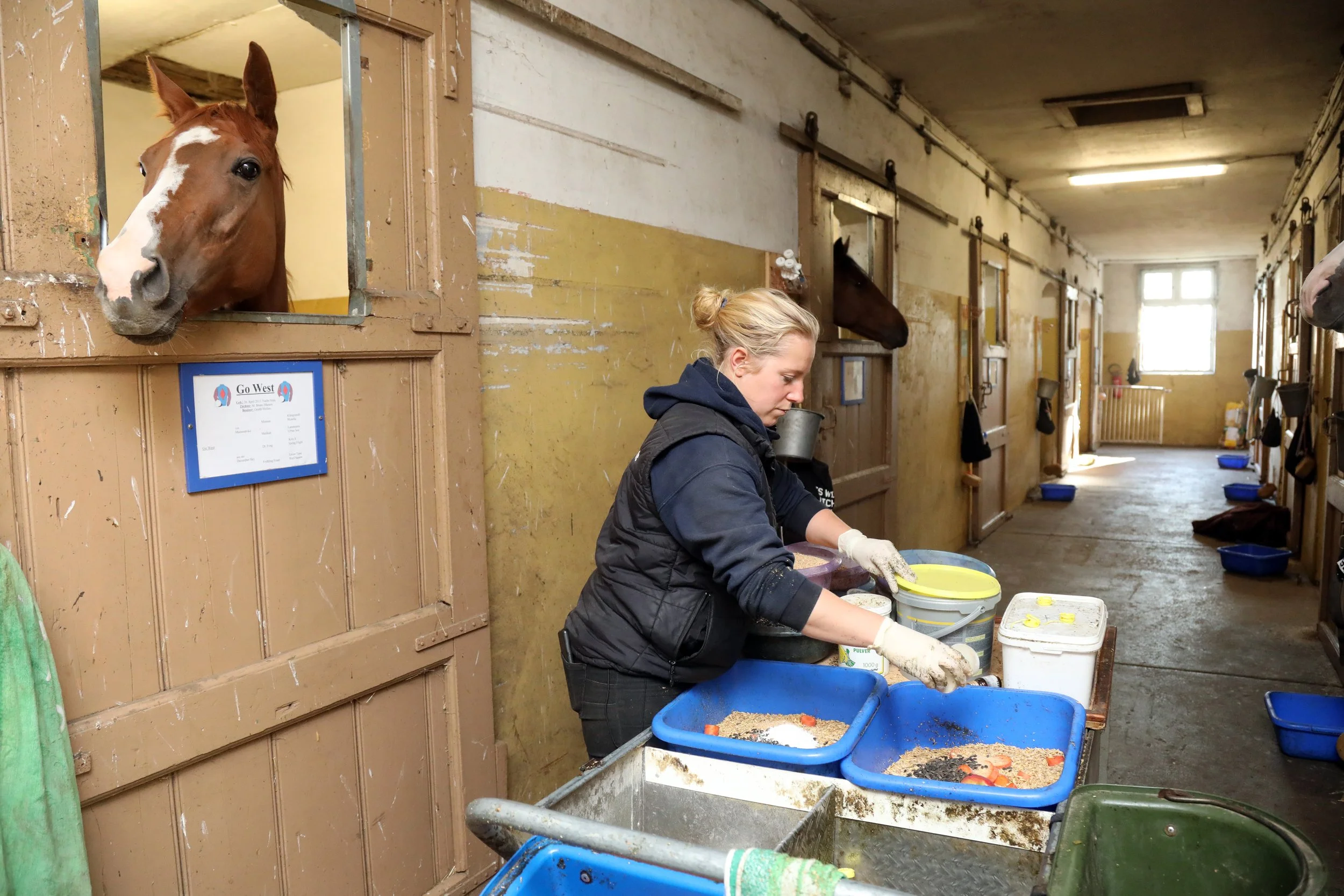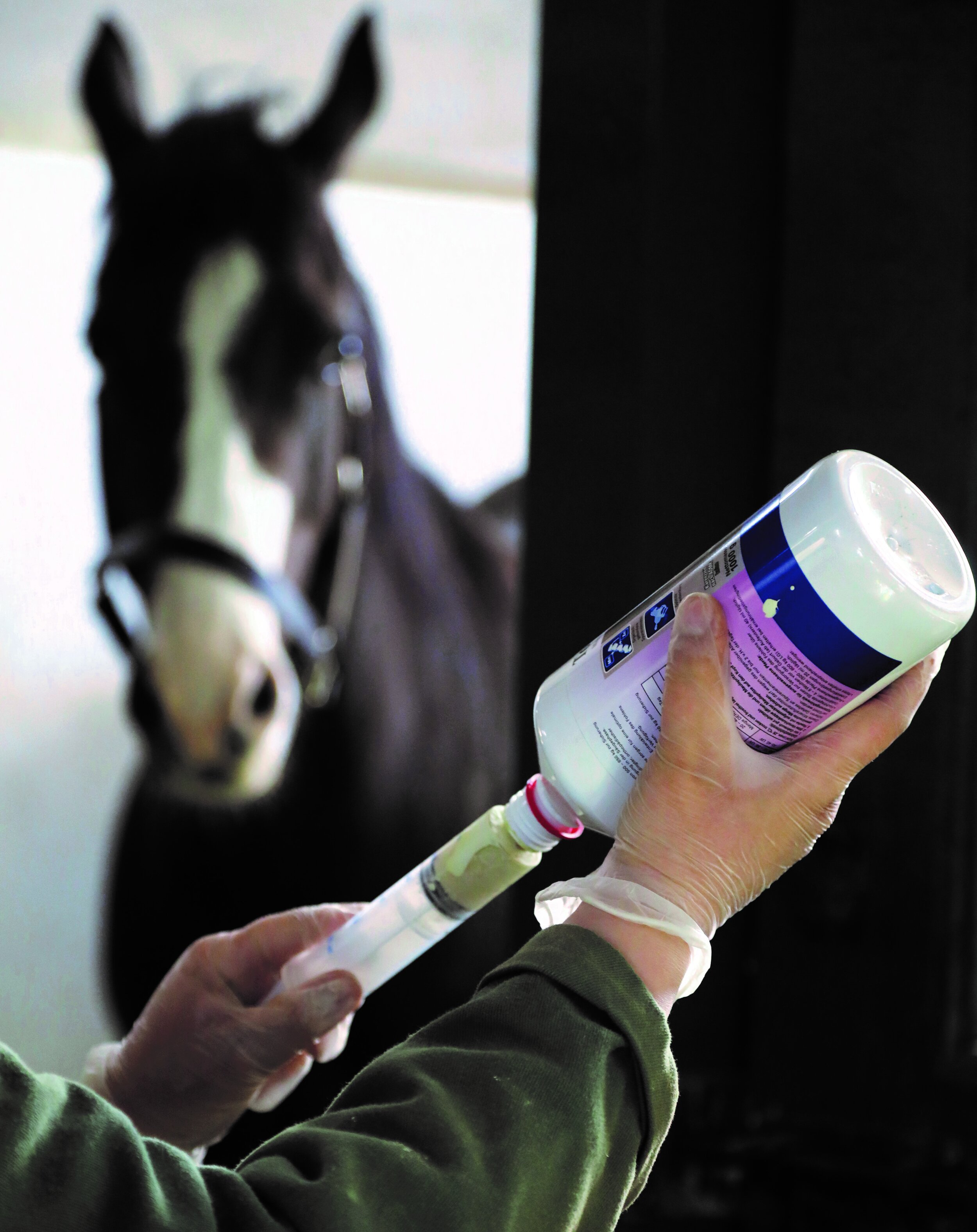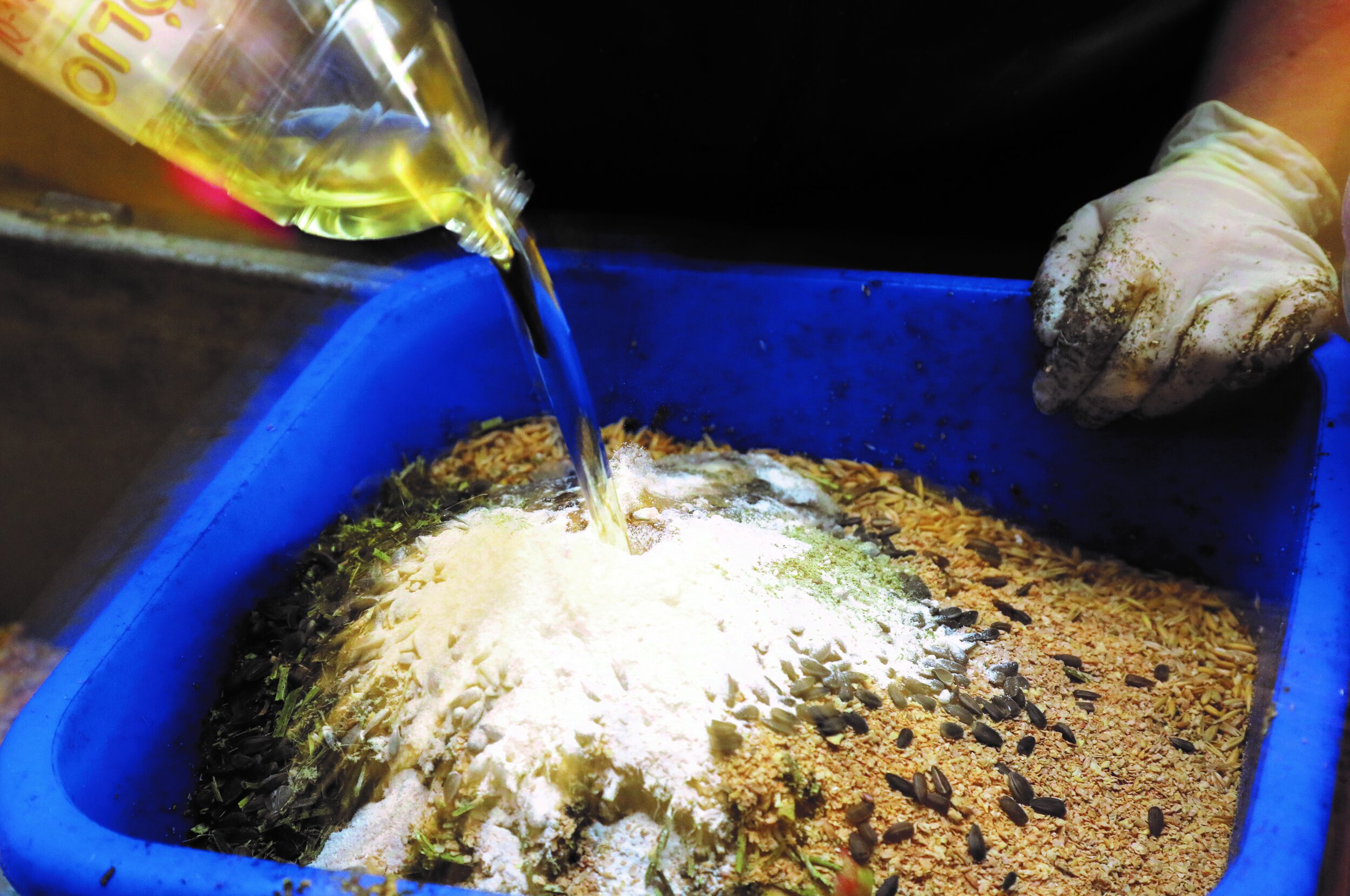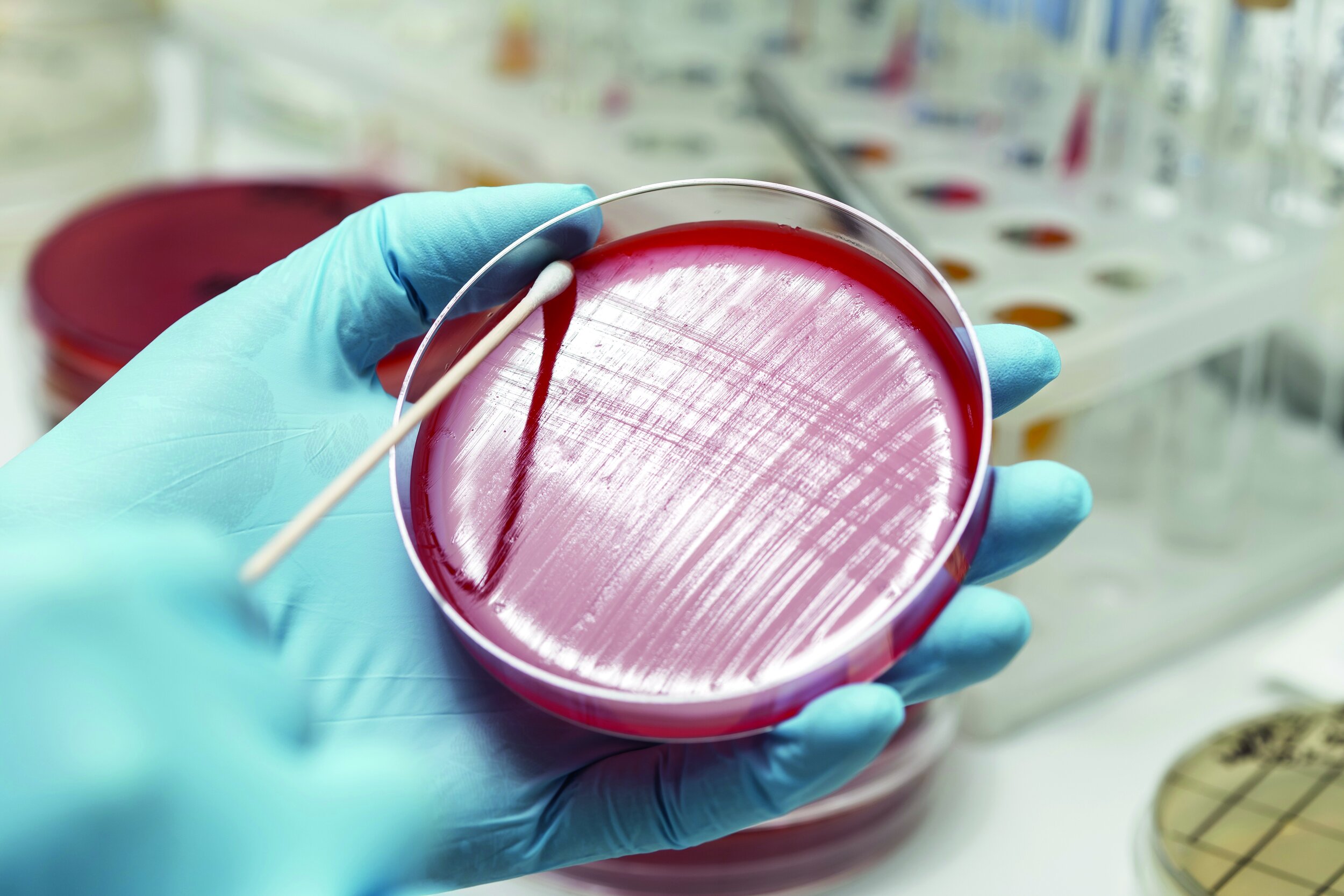The role of the lymphatic system in energy metabolism
/Article by Peter Bollen, head nutritionist Cavalor
In recent years, focus has turned towards the emerging science of the lymphatic system. It is as important as the circulatory system (which includes the heart and the blood vessels), and is fundamental to the functioning of the body and central to the immune system, energy metabolism, detoxification and energy availability in the horse’s body.
A horse with a well-functioning lymphatic system can metabolise energy and clear metabolic waste more efficiently, leading to enhanced performance and faster recovery.
So how can we tap into the benefits of an effective lymphatic system? Well, the first step is in understanding what it is. We might know that nutrients and oxygen are carried in the bloodstream towards our tissues, but what about how they are actually delivered to the cells?
This is where the lymphatic system comes in. Broadly speaking, it runs in parallel to the circulatory system and creates the point of delivery to the cells and tissues. The circulatory system carries the blood via arteries and vessels, which get smaller as they reach the muscle tissue as capillaries - where the wall is only one cell thick.
This enables smaller molecules such as nutrients and oxygen to be pushed out of the capillaries and into the fluid around the cells - or lymph - while retaining larger cells like erythrocytes (red blood cells).
The lymphatic system is an extensive network of vessels and nodes that transports lymphatic fluid around the body and it has two main functions:
1. Energy metabolism - transporting nutrients and oxygen to the cells
All the cells and tissues of a horse’s body are surrounded by a watery gel-like substance called interstitial fluid. This provides a medium for dissolved oxygen and nutrients to travel across to the cells. Lymph capillaries, carrying these substances, run through the interstitial fluid. The walls of these capillaries are also only one cell thick and have overlapping junctions, which make them highly permeable and allow easy transfer of materials.
In practical terms, this means the horse’s muscles and tissues get all the energy they require to carry out all their metabolic processes. As well as being responsible for giving cells the oxygen and nutrients they need, the interstitial fluid transports salts, hormones, neurotransmitters, coenzymes, amino acids, sugars and fatty acids around the body via the lymphatic system.
“A horse with a well-functioning lymphatic system can benefit from increased energy and enhanced performance, but without feeling too fresh or fizzy”
2. Detoxification: processing waste products
During the season, horses are placed under physiological demands and their body has a lot to process. In hard exercise and in races, their body will produce a lot of waste products. Their thin-walled lymph vessels also allow interstitial fluid into them to remove the waste products of cell metabolism (such as cell debris, bacteria, dead blood cells, pathogens, toxins, lactic acid and protein molecules) from each cell. This process is just as important as carrying necessary materials to the tissues to provide energy.
These metabolic waste products are carried in the lymph away from the cells for detoxification. This is the term used for the continuous processes in the horse’s body to remove those waste products or metabolites that are naturally produced.
Detoxification takes place mainly in the liver, kidneys and intestines, so it is really important to ensure that those organs in the horse are healthy and functioning well. By supporting the liver and kidneys, you can help this breakdown process and allow the horse to better metabolise compounds that would otherwise be toxic if they remained in the body.
Gut health is also very important to the lymphatic system and detoxification, given that more than half of the lymphatic vessels of the horse are located within the gastrointestinal tract.
Peristalsis (the natural contraction and relaxation of the gut wall) drives the return of lymph to the rest of the body. Movement in the gut is stimulated by food consumption (mainly long fibres) and is crucial to lymphatic system function as there is very limited muscular contraction in the horse’s lymphatic vessels themselves. This means it relies on passive forces from movement of other systems in the horse’s body as opposed to active muscle contractions.
Ensuring sufficient feed for a horse around the clock is crucial, not only for maintaining gut health, but to maintain a healthy immune system and detoxification process as well.
Lymphatic system and immune function
In addition to lymph and lymph vessels, the horse has around 8000 lymph nodes. These bundles of lymphoid tissue and proteins act as a filter for foreign substances that travel through the lymphatic fluid and contain lymphocytes (white blood cells) that help the body fight infection and disease. This means that the lymphatic system is also key to the functioning of the immune system.
As the lymph tissue approaches each lymph node, it slows down and collects in that area. Horses have so many lymph nodes that they are extremely susceptible to lymph node blockage. Lymph nodes can actually be felt or sometimes seen at various points around the horse’s body, particularly around the head and neck or when they are swollen.
Keep on moving
Movement is so important for horses, precisely because of the fact that there are no direct muscular contractions within the walls of the lymph vessels to promote the flow of lymph. The functioning of their lymphatic system relies on the force of movement of other structures in the body, such as the movement of the skin to apply pressure to the underlying tissues and stimulate the transport of lymph through the vessels.
In the modern day, racehorses can be stabled for longer periods of time. It is very common to see leg swelling, which has a very simple explanation in terms of the immune system. This principle of continuous movement being necessary applies especially to the legs, where this elastic movement of the skin is assisted by a pump mechanism in the hoof and fetlock joint. It is thought that this is the case due to there being no muscles in the lower limbs of the horse to aid the movement of lymph from this area.
Horses therefore need to move extensively and perhaps almost constantly (up to 16 hours per day) to keep the lymph circulating around the body, and standing still for too long significantly impairs the functioning of the lymphatic system.
Practical tips for a healthy lymphatic system
1. Turn horses out as much as possible
Horses that are standing still for long periods of time are at risk of an impaired lymphatic system, which can impact the immune system, recovery time and ultimately performance. Turnout makes a happier horse and a healthier horse.
2. Cool down for at least 15 minutes after exercise
The period of time immediately after training is important for removal of metabolic waste products and keeping a horse moving after a hard training session stimulates the lymphatic system to continue to remove waste products from cells, which includes the removal of lactic acid. By cooling down properly after every session, you can significantly improve recovery times.
3. Consider feeding supplements that can directly benefit the lymphatic system
Functional herbal ingredients in innovative supplements can support lymphatic system function. Cleavers (Galium aparine) is known to bring benefits to the lymphatic system. Couch grass (Elymus repens), Nettle (Urtica dioica), and Dandelion (Taraxacum officinale) are all known to have purifying effects which can support metabolism and detoxification.
Even Lionel Messi, Usain Bolt or Iga Swiatek have picked up issues through their sporting careers, despite having elite support teams behind them. Unfortunately injuries do just happen, but with foresight, preparation and providing the best nutritional support to their horses, trainers will give themselves the greatest chance of avoiding yet another bad news phone call to an owner.























